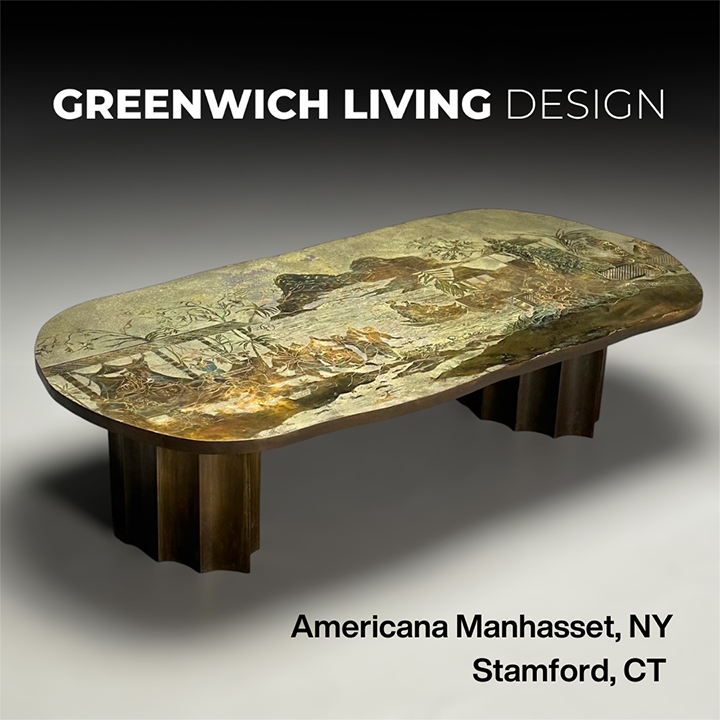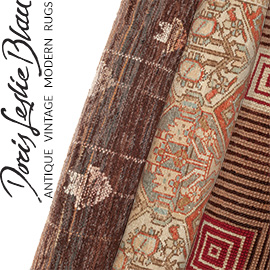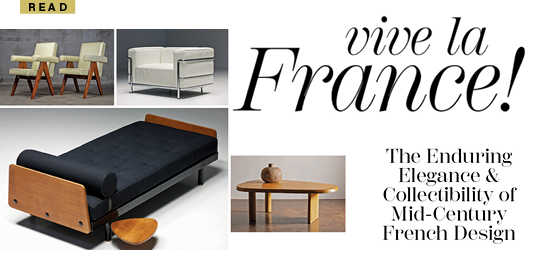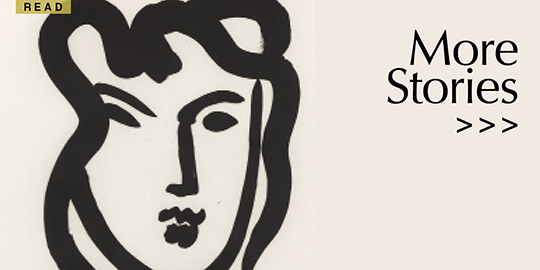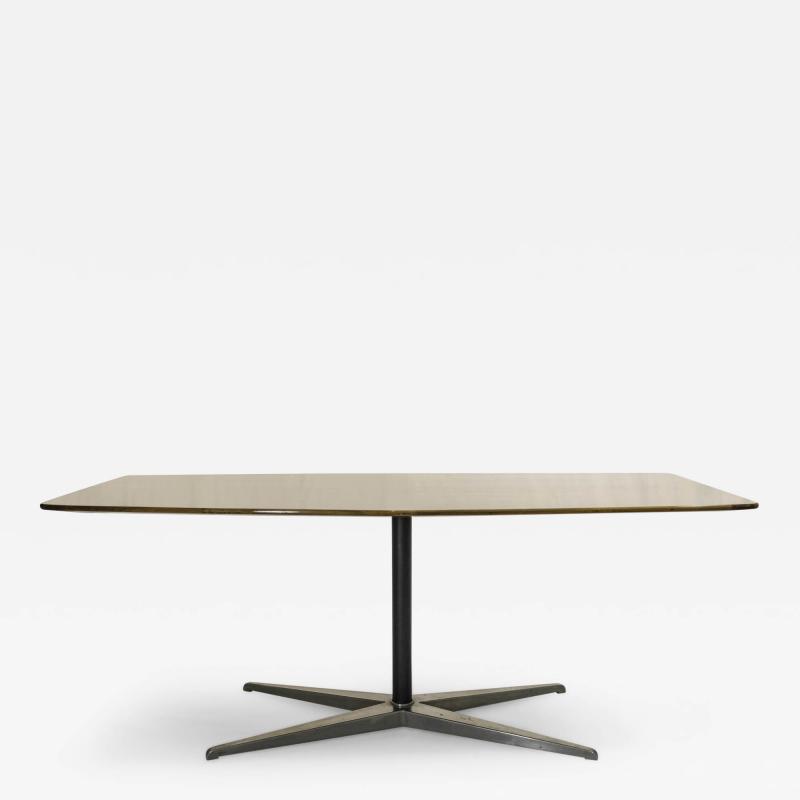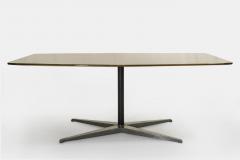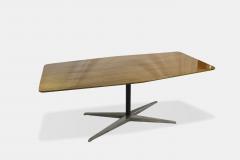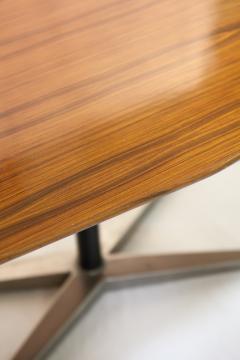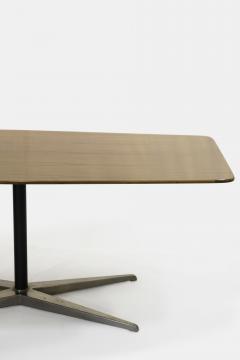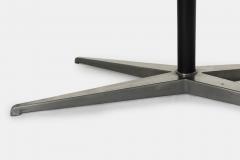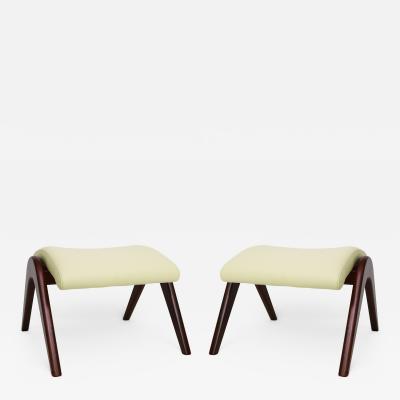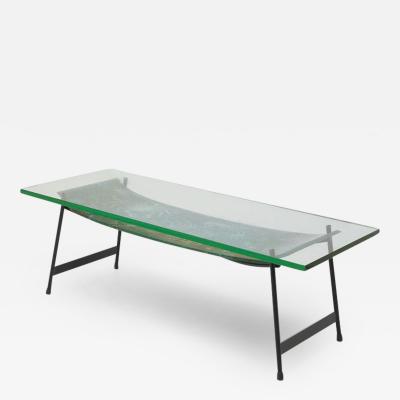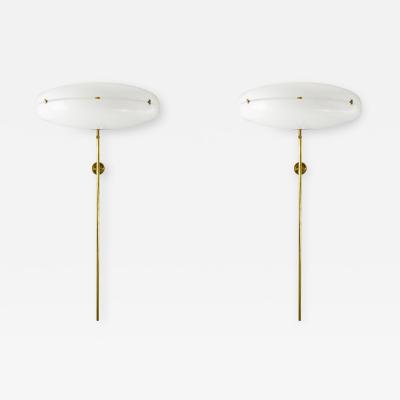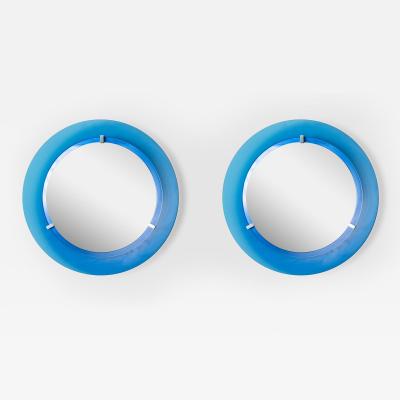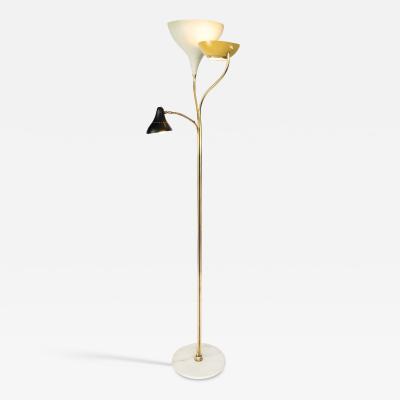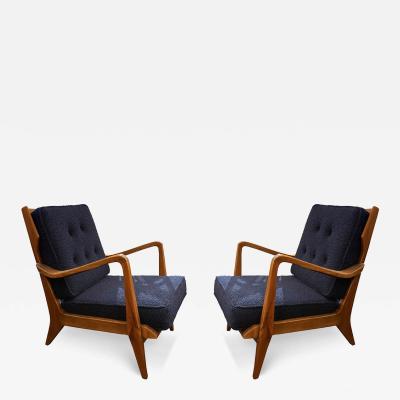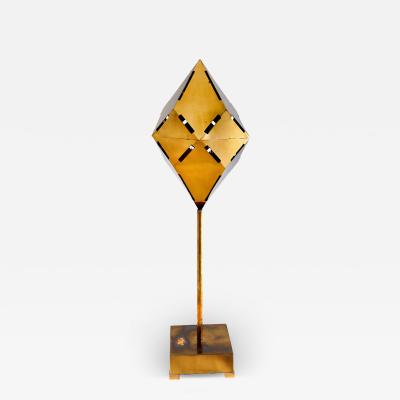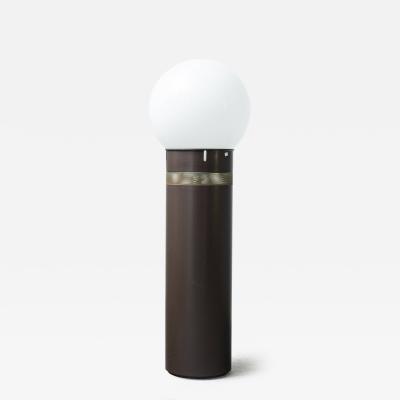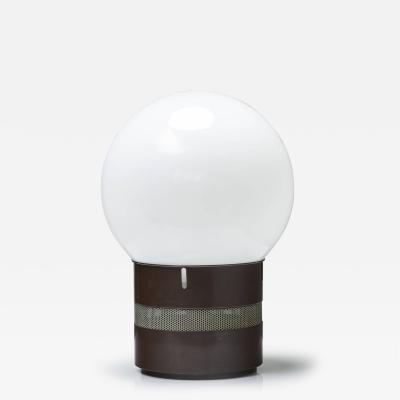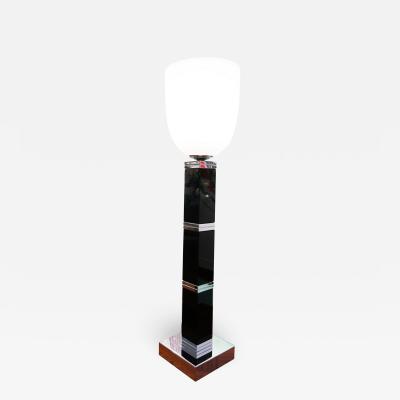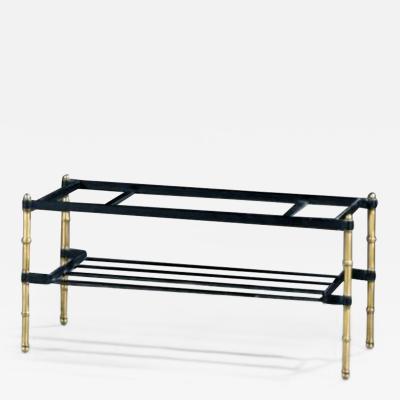Among the most prolific talents to grace twentieth-century design, Gio Ponti defied categorization. Though trained as an architect, he made major contributions to the decorative arts, designing in such disparate materials as ceramics, glass, wood and metal. A gale force of interdisciplinary creativity, Ponti embraced new materials like plastic and aluminium but employed traditional materials such as marble and wood in original, unconventional ways.
In the industrial realm, he designed buildings, cars, machinery and appliances — notably, the La Cornuta espresso machine for La Pavoni — and founded the ADI (Industrial Designer Association). Among the most special works by Gio Ponti are those that he made in collaboration with master craftsmen such as the cabinetmaker Giordano Chiesa, the illustrator Piero Fornasetti and the enamellist Paolo de Poli.
Throughout his prolific career, Gio Ponti continuously shifted between projects for residential and commercial interiors, embracing both artisan and industrial production. For Ponti, quality was based on form, which he constantly experimented with to create designs of increasing lightness and mobility.
In the early 1950s, Ponti starts exploring the concept of ‘multifunctional design’, to address the needs of a growing middle class that was slowly leaving behind their shoulders the aftermath of World War 2. It is in this period that Ponti starts collaborating with designers such as Gastone Rinaldi, founder of the furniture making company Rima. Based in Padua, Rima is among the first manufacturing companies in Italy to experiment with tubular metal, a type of material that had already been employed by the architects and designers of the Bauhaus.
The present table is a stunning example of Ponti’s inventiveness, bringing together three materials, chrome-plated metal, lacquered metal and walnut, to give rise to an elegant, simple and truly beautiful dining table with an unconventional yet remarkable shape.




